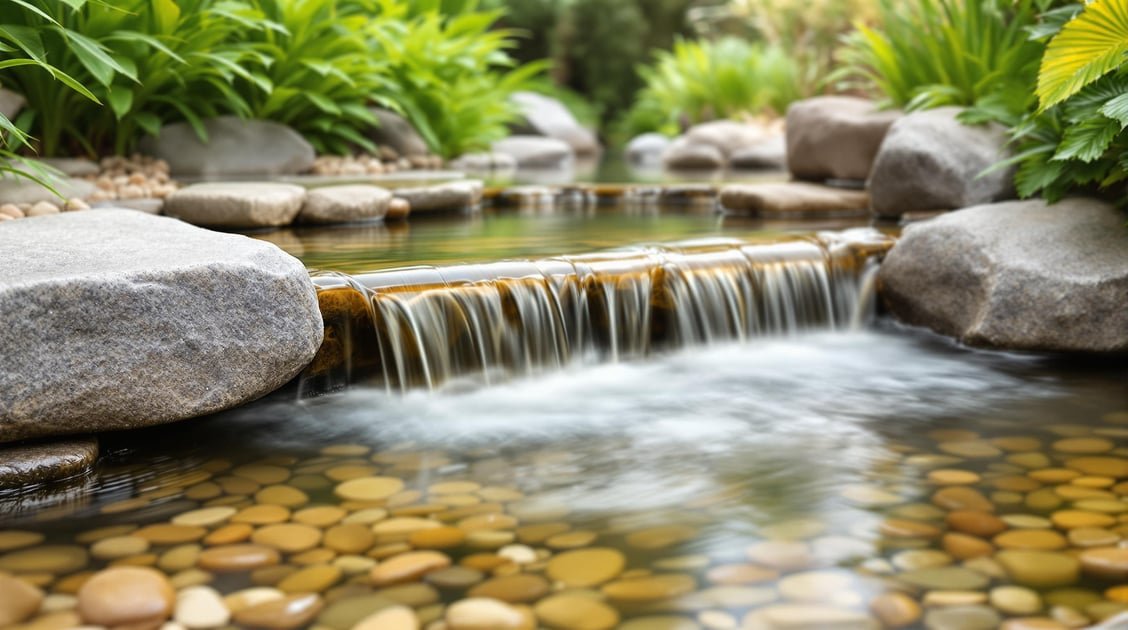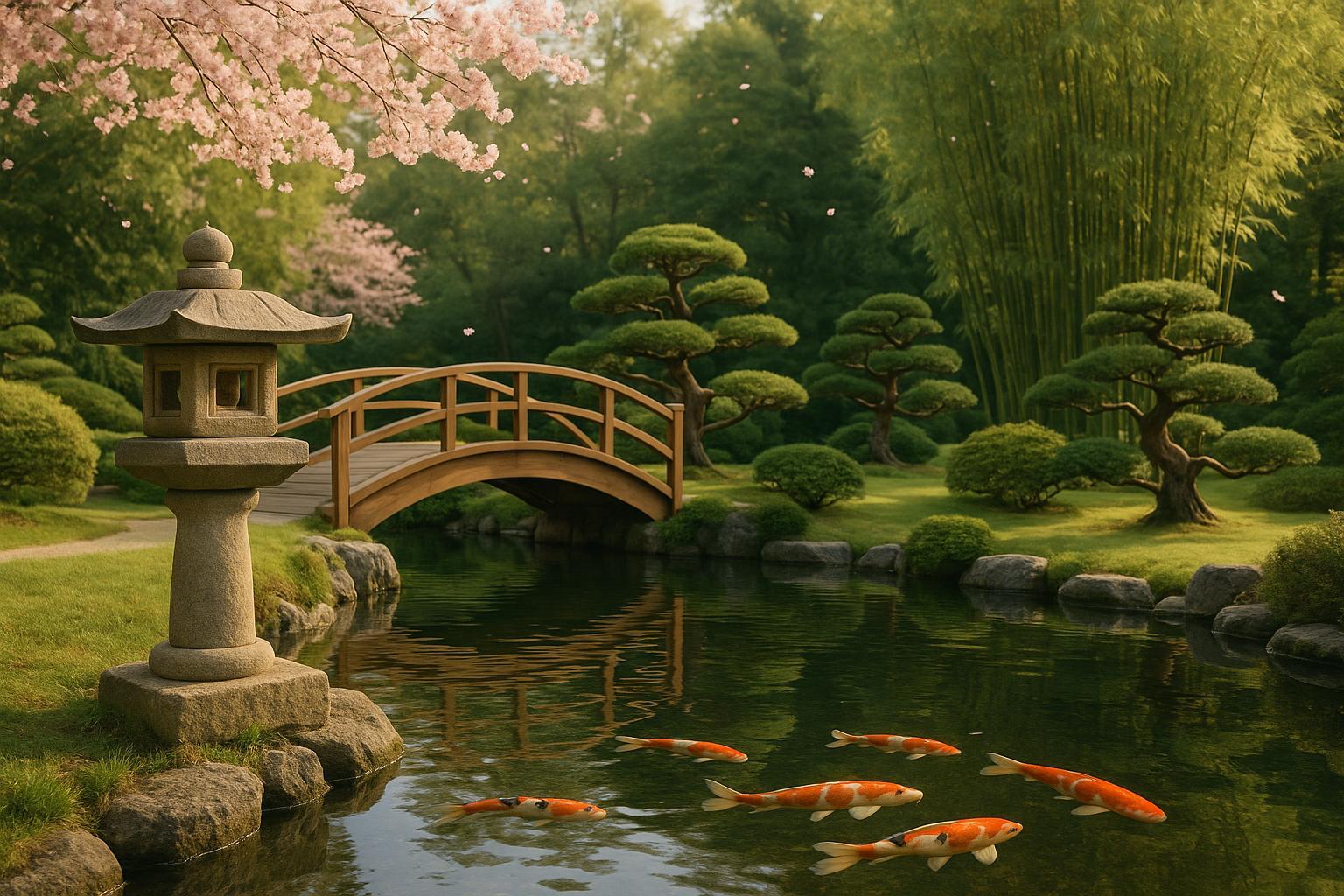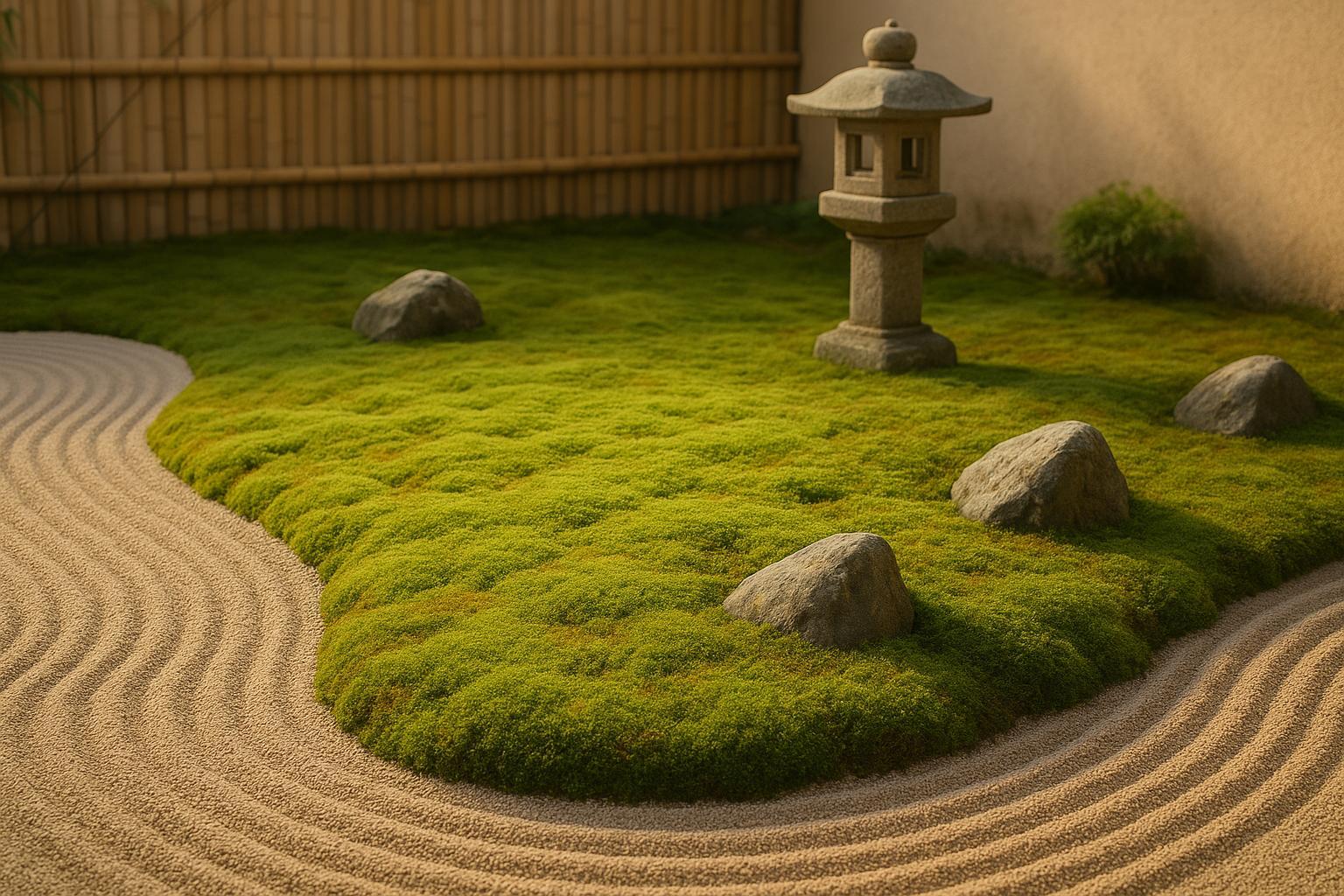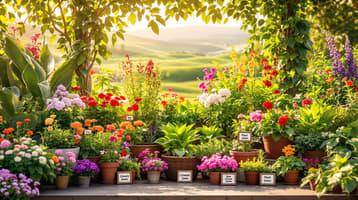Ultimate Guide to Zen Garden Water Feature Care

Want your Zen garden water feature to stay serene and hassle-free? Here’s a quick-start guide to maintaining it:
- Daily Tasks: Skim debris, check water levels, and ensure the pump is working.
- Weekly Care: Clean filters and monitor water clarity.
- Monthly Maintenance: Scrub surfaces, prevent algae, and inspect equipment.
- Seasonal Tips: Winterize pumps, adjust water levels in fall, and manage evaporation in summer.
Whether it’s a small fountain or a koi pond, proper upkeep ensures beauty and functionality. Read on for detailed cleaning steps, troubleshooting tips, and advice on choosing the right water feature for your space.
HOW TO CLEAN AND MAINTAIN A FOUNTAIN | Caring for an ...

Basic Cleaning Steps
Keeping water features clean ensures they remain clear and serene.
Removing Debris
Debris can clog pumps and cloud the water. Use a fine-mesh net to skim leaves and twigs from the surface. For debris that settles at the bottom, a vacuum works best. Also, keep the area around the feature tidy to minimize debris falling in.
Preventing Algae Growth
To keep algae in check, try these tips:
- Add partial shade with plants or structures to limit sunlight exposure.
- Ensure water is circulating consistently to stop algae from settling.
- Use barley straw extract or bacteria-based treatments designed for algae control.
Setting a Cleaning Routine
Create a cleaning routine based on your water feature and local climate:
- Daily: Remove surface debris, check water levels, and confirm the pump is working.
- Weekly: Clean filters and assess water clarity.
- Monthly: Scrub surfaces thoroughly and address algae as needed.
During warmer months or when leaves are falling, you may need to clean more often.
Up next, learn how to care for your water feature through different seasons to keep it in great shape year-round.
Year-Round Maintenance
Keeping your pond in top shape requires more than weekly cleaning and debris removal. Seasonal care is essential to avoid damage and ensure everything runs smoothly. AIGardenPlanner offers detailed winterizing checklists tailored to your zone, covering pumps, liners, and plumbing.
Adjust your maintenance routine as the seasons change to maintain clear water and proper function:
-
Winter
- Drain hoses and pipes.
- Use pond de-icers if necessary.
- Insulate any exposed plumbing.
- Remove or safeguard sensitive pumps.
-
Spring
- Check pumps and seals for wear.
- Flush water lines thoroughly.
- Restart the circulation system.
- Test and adjust water chemistry.
-
Summer
- Keep an eye on water levels to account for evaporation.
- Trim plants hanging over the pond.
- Ensure pumps are working efficiently.
- Maintain proper water treatments.
-
Fall
- Remove fallen leaves regularly.
- Lower the water level as needed.
- Shield filters from debris buildup.
- Gather supplies for winterizing.
Once you've got a handle on seasonal care, it's time to focus on pump and filter maintenance.
sbb-itb-4d6a8dd
🚀 Ready to Reinvent Your Garden?
Join thousands of homeowners who have transformed their gardens using our AI design tool. Upload one photo to explore endless possibilities.
Get your AI garden designs →Fixing Common Problems
Keep your water feature running smoothly by addressing pump and filter issues promptly.
Diagnosing Pump Issues
Look out for these common pump problems:
- Pump not submerged: This can lead to dry-running and overheating, which may damage the pump.
- Grinding or rattling noises: Often a sign of impeller wear that needs attention.
- Cracks, corrosion, or loose fittings: These can cause leaks or affect performance.
Once you've checked the pump, move on to the filter.
Diagnosing Filter Problems
Here are some typical filter issues to watch for:
- Clogged media: This can reduce water flow and put extra strain on the pump.
- Weak or irregular flow: Could indicate a blocked or failing filter.
- Media replacement: If cleaning no longer restores proper flow, it’s time to replace the filter media.
If these steps don’t resolve the problem, it’s best to consult a professional.
For ongoing care, check out AIGardenPlanner's maintenance schedules. They offer helpful tips tailored to your local climate and specific needs. After resolving any issues, consider adjusting the size and placement of your water feature to minimize wear and make maintenance easier.
Choosing and Placing Water Features
Once you've got maintenance down, it's time to choose a water feature and find the best spot for it. The key is to match your feature to your garden's size and upkeep needs.
Picking the Right Size
The size of your water feature should fit the space. For smaller areas, go with options like tabletop fountains or small basins. Larger yards can handle ponds or streams, but keep in mind that bigger features often mean stronger pumps, filters, and more maintenance.
Material Options
Different materials have different care needs and lifespans:
- Natural Stone: Long-lasting and requires only basic cleaning.
- Ceramic: Offers a range of styles and finishes but needs sealing now and then.
- Metal (like copper): Ages beautifully with a patina but benefits from occasional treatment to manage oxidation.
- Bamboo: Gives a rustic vibe but doesn’t last as long and may need replacing over time.
Water Feature Types
Here are a few styles to consider:
- Basin or Fountain: Perfect for smaller spaces, offering soft water sounds.
- Cascading Feature: Creates movement and sound, great for transitional areas.
- Stream or Rill: Imitates natural water flow, ideal for larger gardens.
- Rain Chain: A vertical design that channels rainwater and doesn’t need a pump.
Placement Guidelines
Position your water feature where it can be easily seen from seating areas or pathways. Avoid spots in direct afternoon sun to reduce algae growth and glare. Make sure there’s enough space around it for maintenance. If you’re adding a cascading or flowing feature, consider the wind direction to keep the water and sound within your garden.
For a visual preview, try AIGardenPlanner's tool to test how different sizes and placements will look with your garden’s layout.
Summary
Now that cleaning, seasonal care, troubleshooting, and placement are addressed, here are the main points to keep in mind:
Key Maintenance Tips
Zen water features thrive when maintenance aligns with seasonal changes:
- Schedule cleaning, pump inspections, and algae management to match the seasons.
- Check water levels and inspect filters monthly; vacuum debris every two weeks.
- Replace worn-out impellers and filter media promptly to avoid expensive damage.
- Create a maintenance plan suited to your climate and the specific type of water feature.
Blend Water Features with Their Surroundings
Beyond upkeep, focus on creating both visual and functional harmony:
Physical Placement
- Position features where they receive filtered light and maintain steady water flow.
- Keep water levels aligned with the surrounding area for a cohesive look.
- Ensure the size of the feature complements the space for a balanced appearance.
Design Considerations
- Designate areas around the feature that make maintenance easier.
- Choose plants that require little upkeep and shed minimal debris.
- Include clear pathways for convenient access during routine care.
For customized plant suggestions and care reminders, check out AIGardenPlanner's AI Plant Advisor.
Related posts
Related Articles

AI Garden Planners vs. Traditional Methods
Explore the differences between AI garden planners and traditional methods, highlighting their strengths, limitations, and how they can complement each other.

AI-Driven Garden Furniture Placement: How It Works
Transform your garden with AI-driven furniture placement that optimizes style, comfort, and functionality based on your space and preferences.

Symbolism in Chinese and Japanese Gardens
Explore the profound symbolism in Chinese and Japanese gardens, revealing how each element fosters meditation and harmony with nature.

Ultimate Guide to Moss Cultivation for Zen Gardens
Learn how to cultivate moss for Zen gardens, ensuring a tranquil atmosphere with minimal maintenance and tailored care techniques.

Optimizing Pepper Plant Spacing in Raised Beds: A Gardener's Guide
Learn the benefits of planting pepper plants in a raised bed, the spacing requirements, and key factors to consider for optimal growth. Discover how proper spacing can enhance plant health, increase yield, and improve weed control.

How to Choose Plants for Your Climate Zone: A Beginner's Guide
Learn how to select plants that thrive in your climate zone by understanding local factors, soil testing, and using AI tools for tailored recommendations.